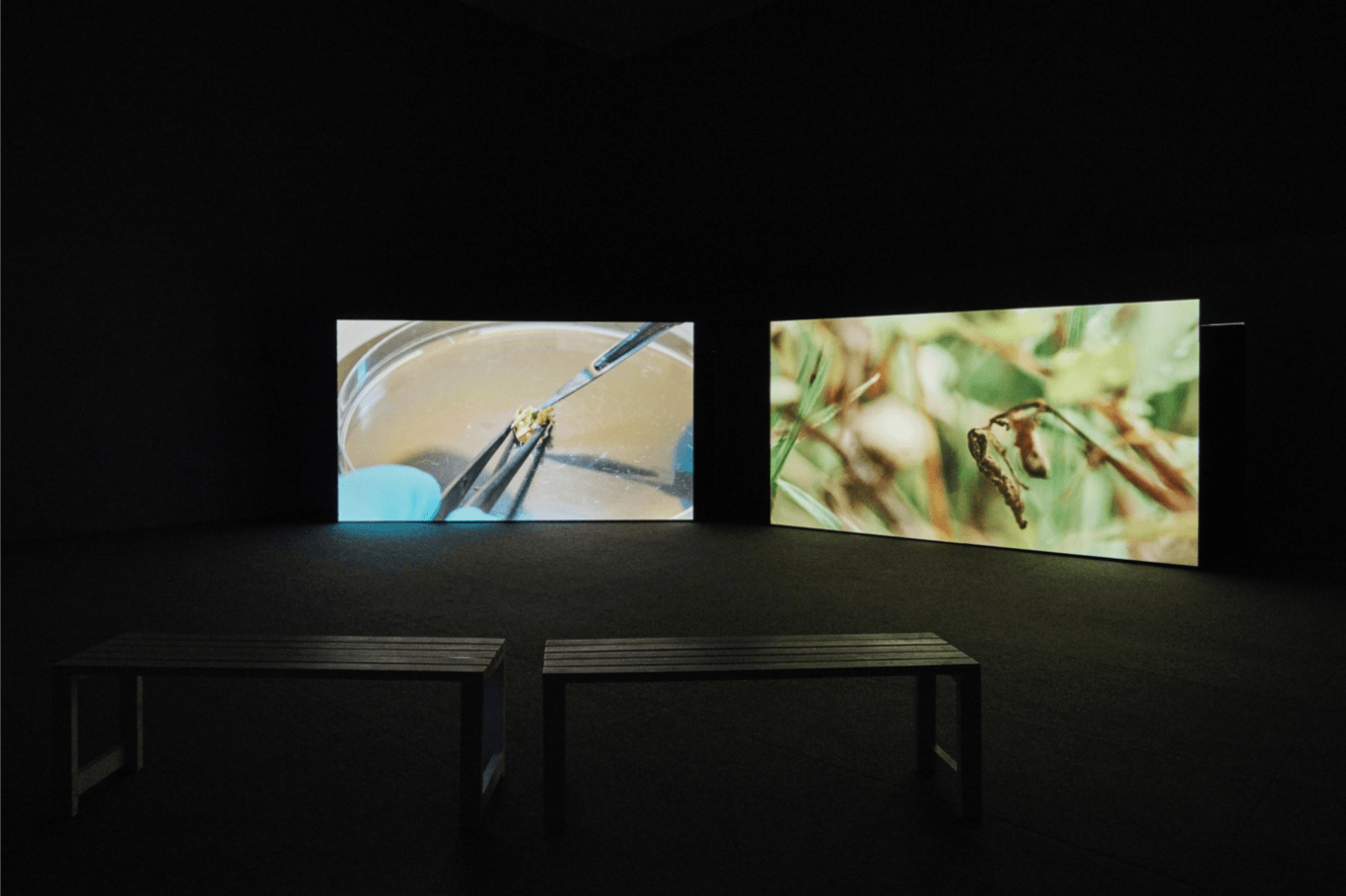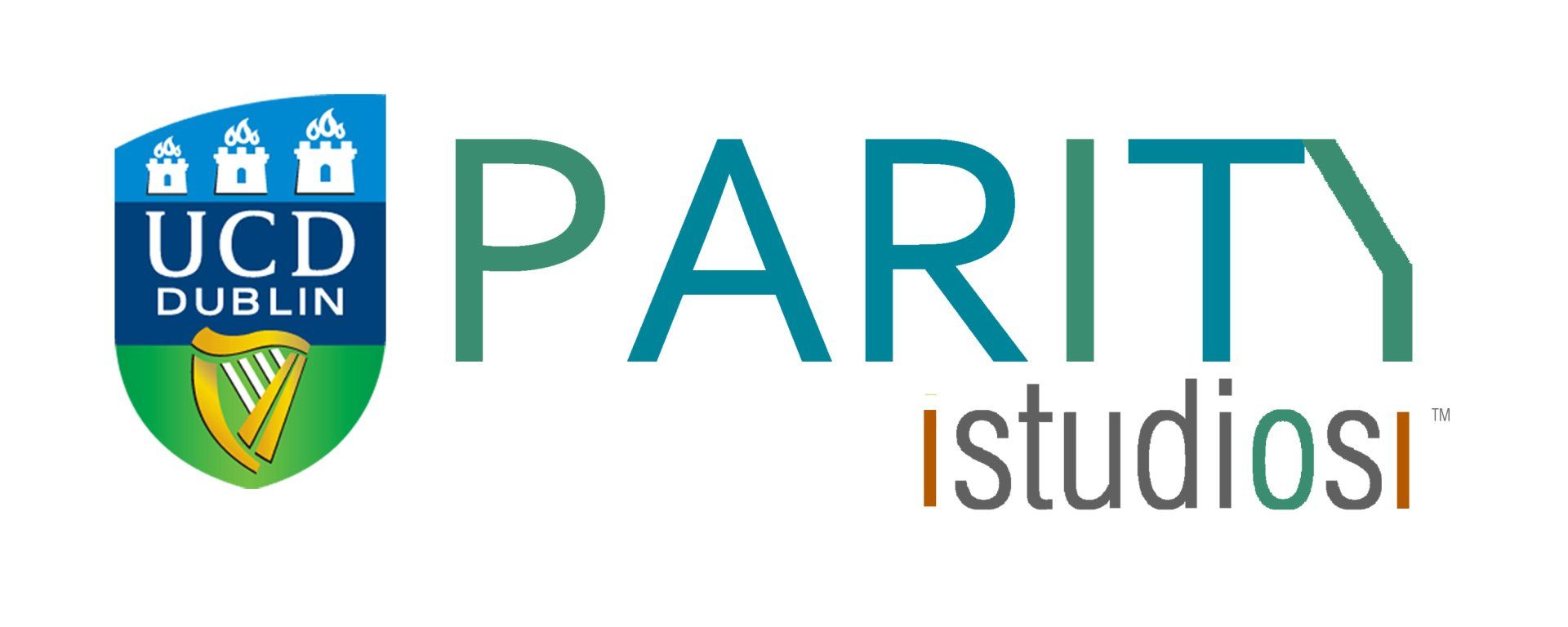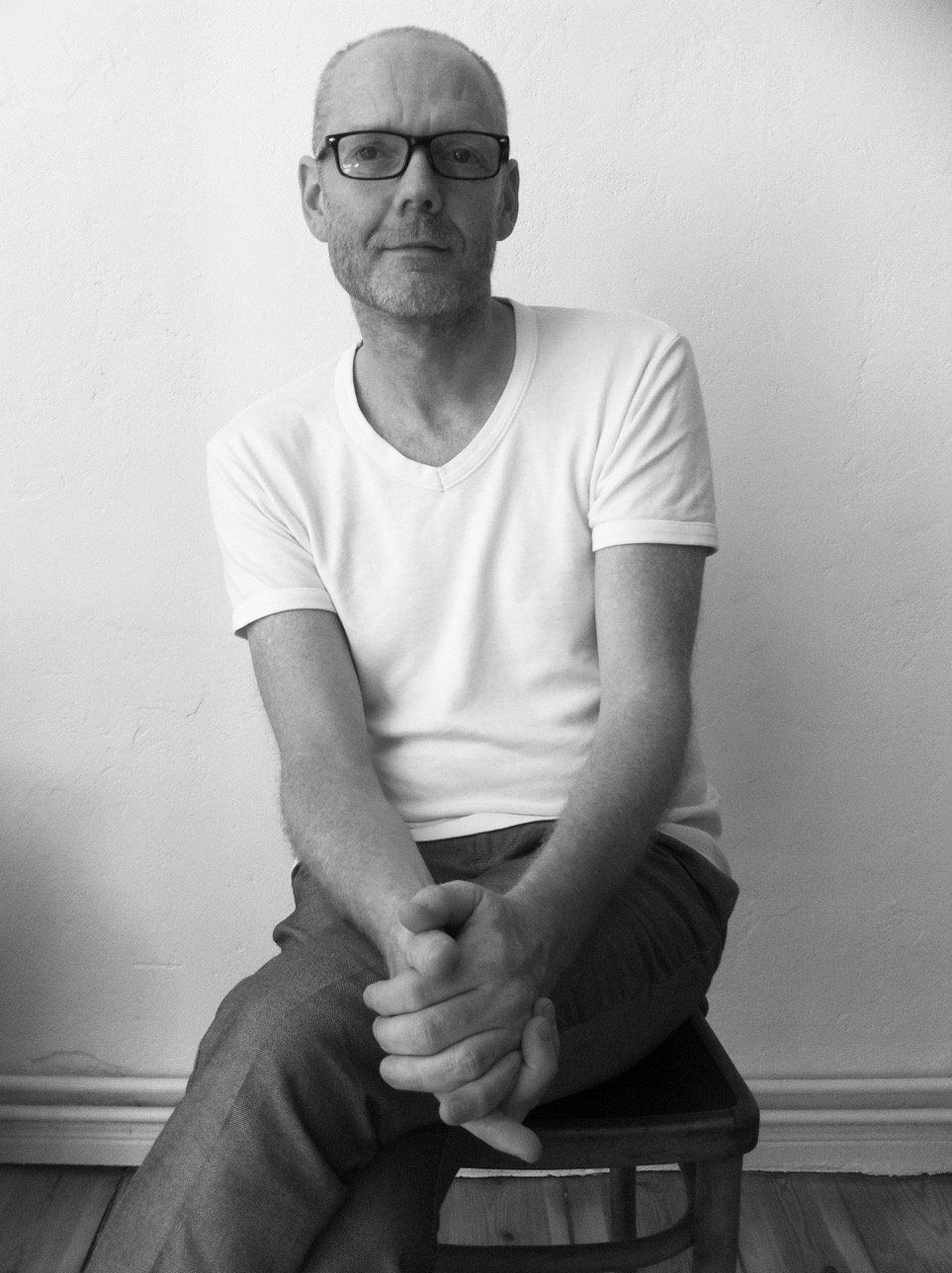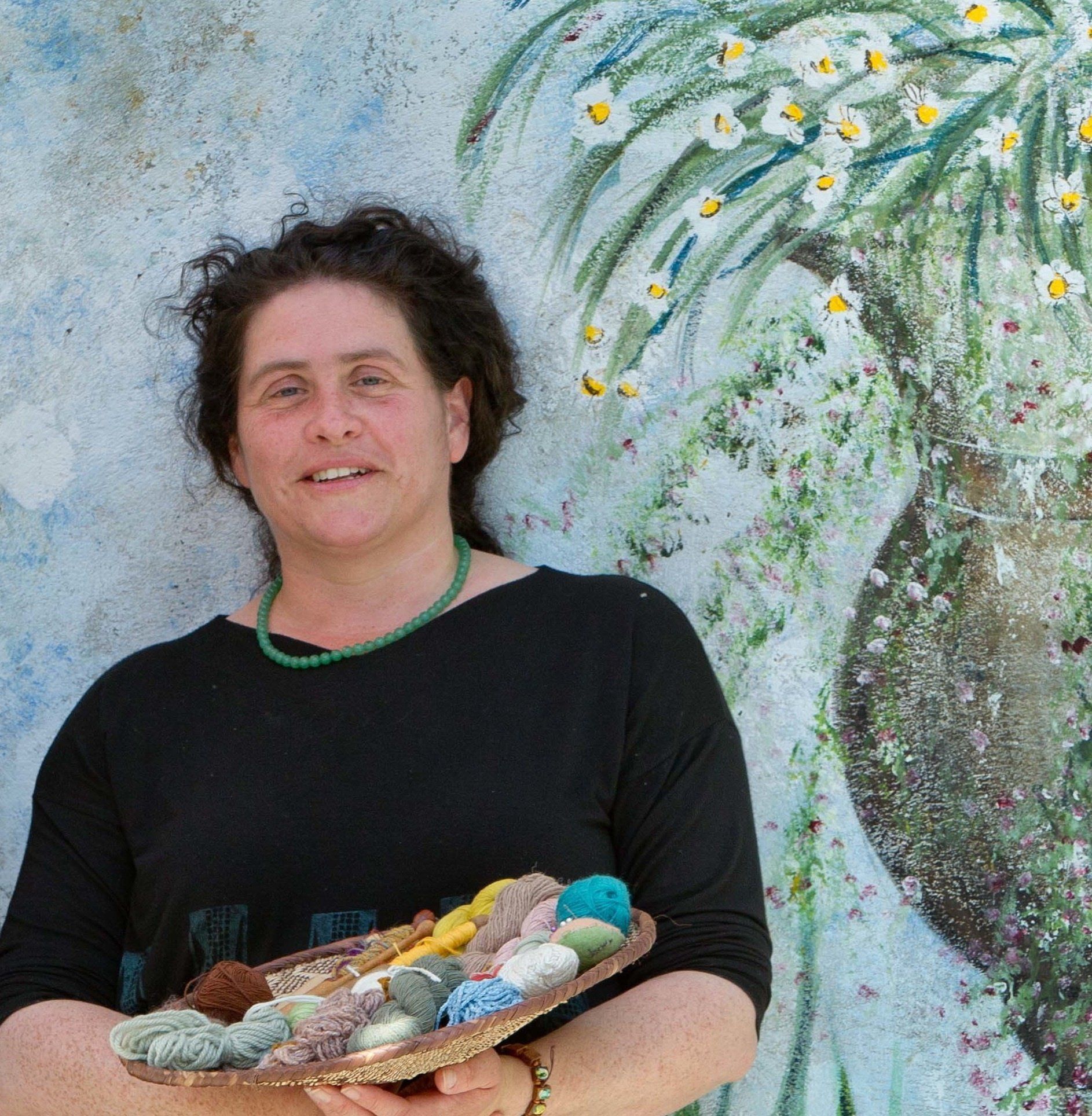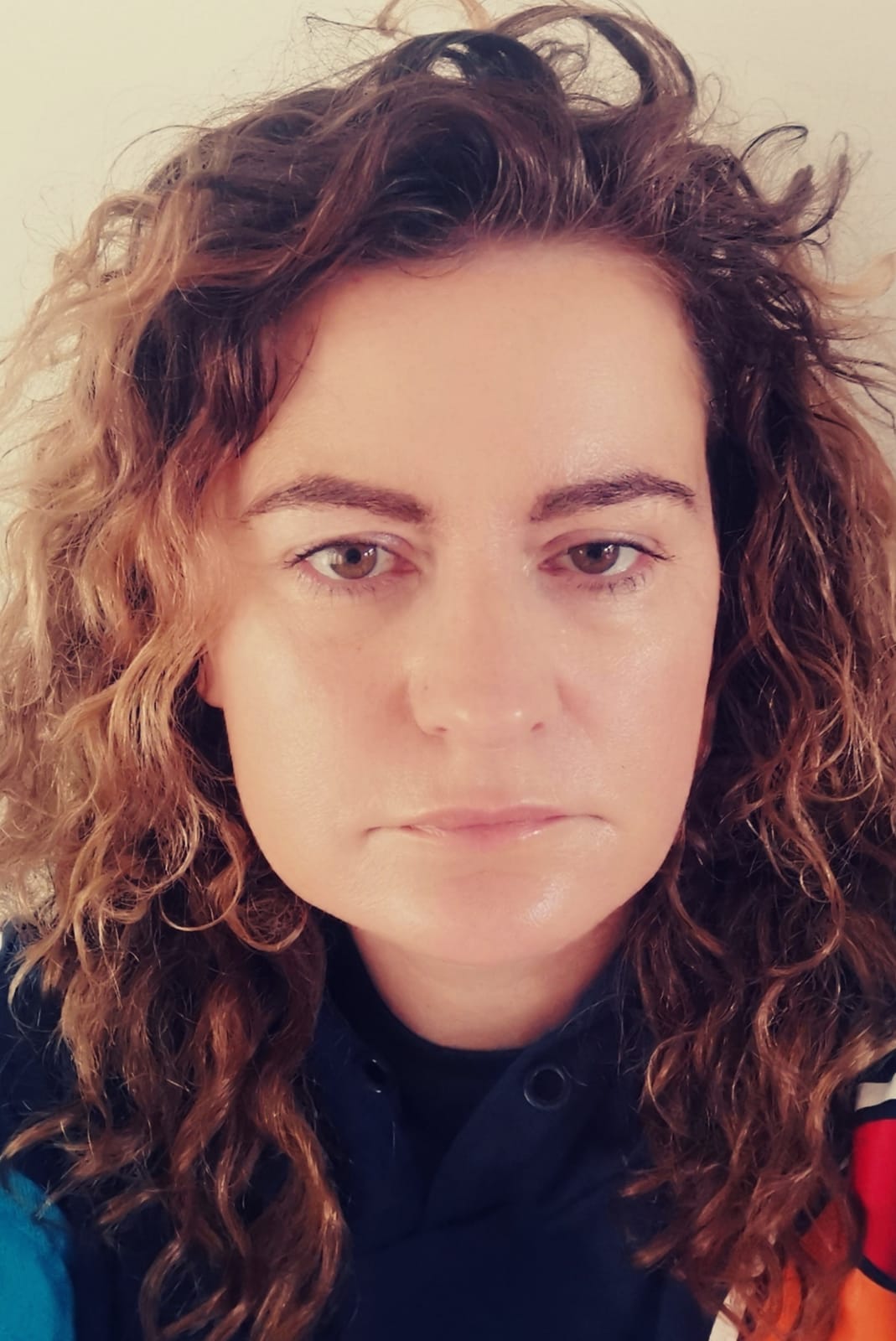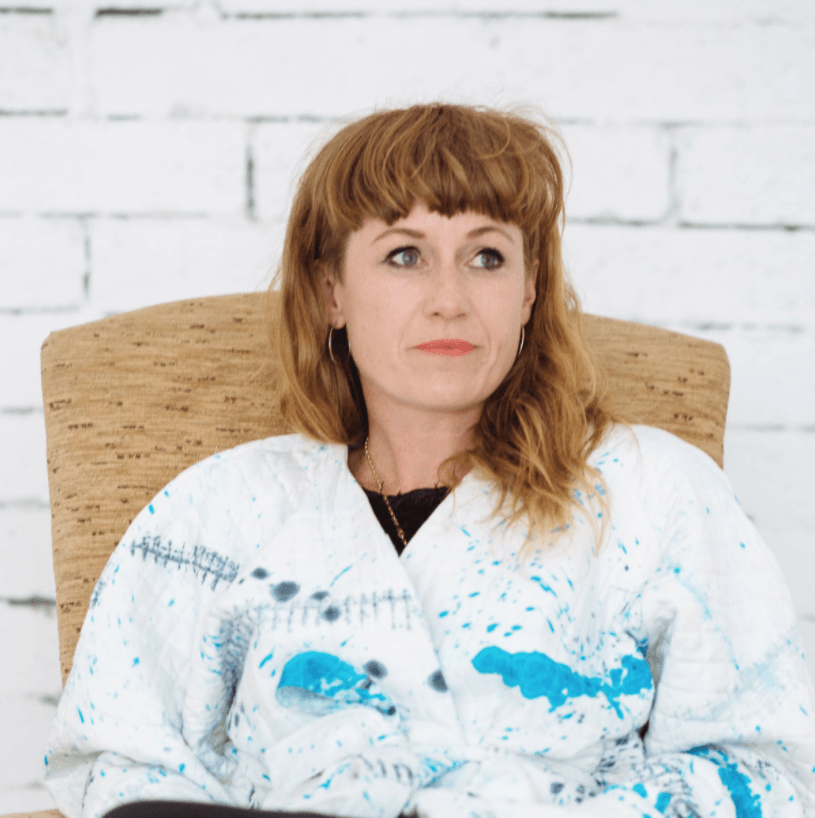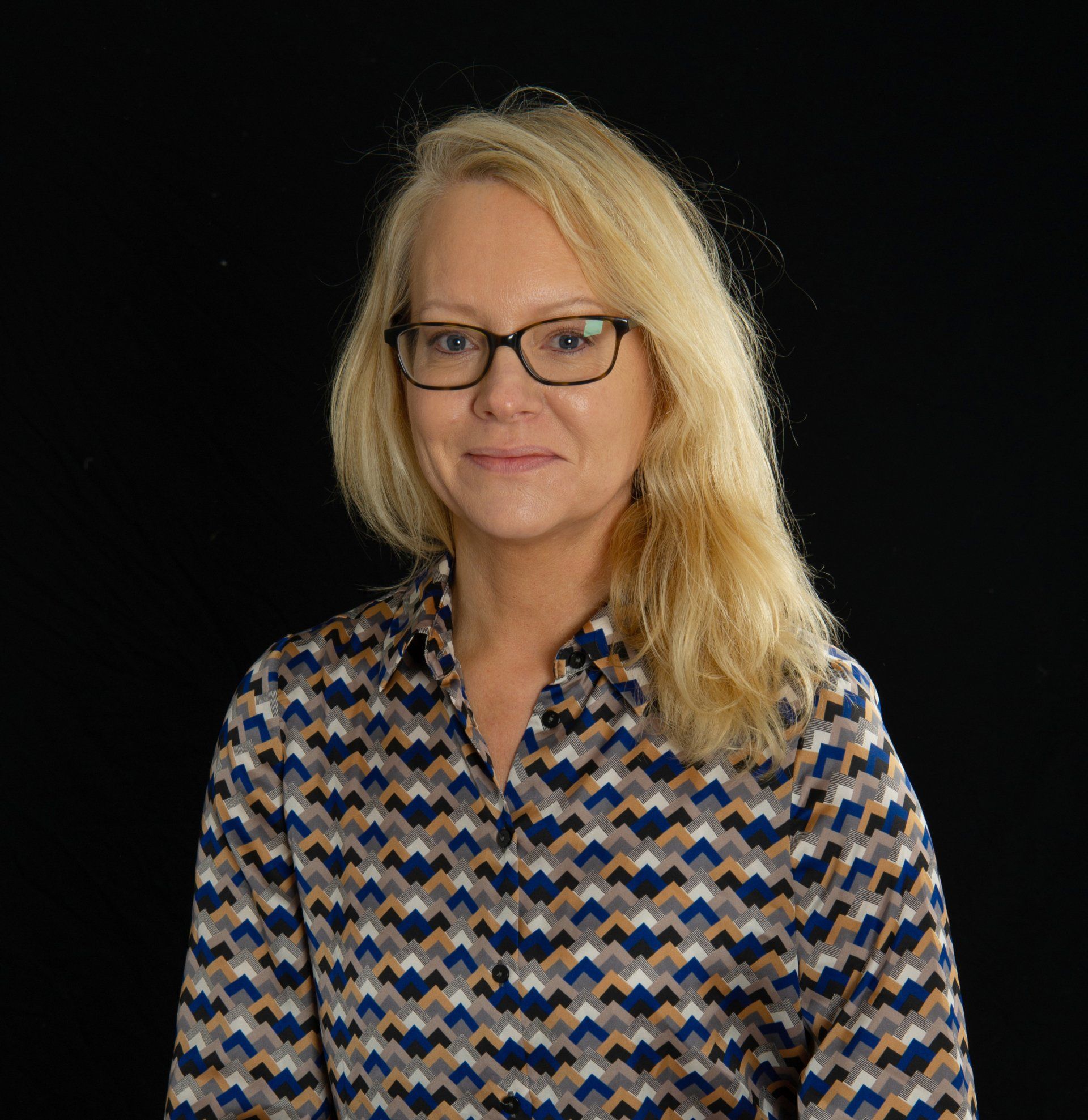Artists in Residence 2021/2022
Deirdre O'Mahony
Rural sustainability and small scale farming
UCD Earth Institute in partnership with Dún Laoghaire Rathdown County Council

As a visual artist and researcher, my deep interest is in rural sustainability, farming, food security and the ecology of rural places.
My ideas are developed on the ground, engaging with farmers, scientists and food producers. I use land art, film, sculpture, painting, installations and socially engaged methodologies in order to develop ideas, activate ideas and sites, and inform public understanding of food production and consumption. I am motivated by the urgency of
the climate crises and the importance of bringing people together to share and inform how this is affecting land and soil quality, the impact this has on climate and what can be done to help remediate this situation. This is why I use a dialogical, socially engaged methodology alongside more traditional media.
Sustainment Experiments
My current project SUSTAINMENT EXPERIMENTS takes its title from design theorist Tony Fry’s notion of 'Sustainment' as an equivalent movement to the Enlightenment in its capacity to transform systems of thought and behaviours. SUSTAINMENT EXPERIMENTS will think through this idea through transdisciplinary collaborations across art, science, and farming, to reflect on food production, and its impact on human and non-human inter-species dependency. Central to the project is the question of how to maintain biodiversity, soil health and support the economic viability of small-scale farms.
The project draws on the actions of eighteenth-century scientist Antoine Augustin Parmentier, who helped change cultural attitudes to the potato, transforming food security in eighteenth-century France. Parmentier was reputed to have inspired potato flower motifs on eighteenth-century French ceramics.
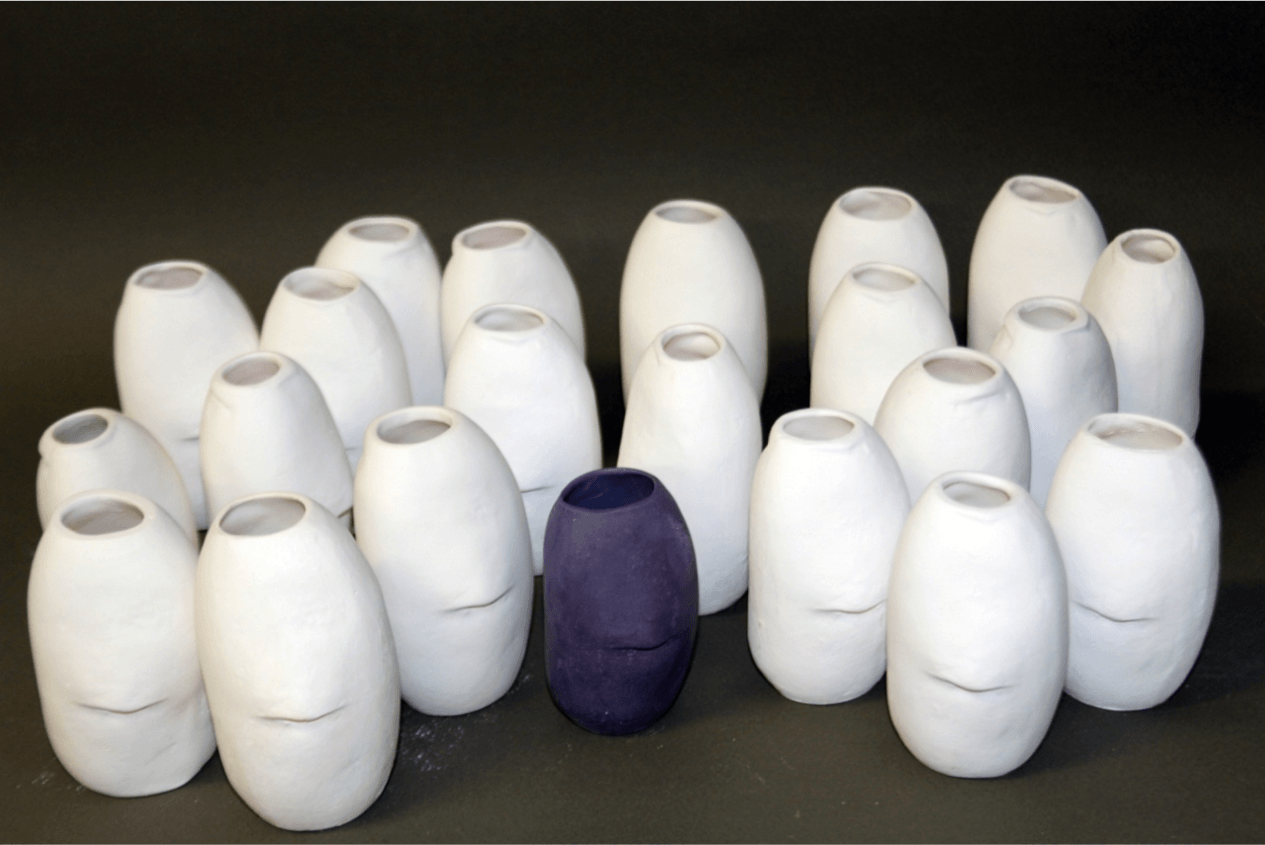
This, however, was an invention. Yet, the persistence of the myth led to the idea of creating a dinner service for a series of feast events incorporating fictional motifs made in collaboration with farmers, scientists, and food producers. These illustrations will be painted onto the porcelain plates, serving as a starting point for conversations at the feast events with each plate a representation of different perspectives on cultivation values.
The crockery, made on residency at Fire Station Artist Studios in Dublin will be illustrated as research with farmers, scientists and food producers evolves over the next 9 months. The hand-cast porcelain potato flasks will function as reminders of Parmentier's utopian ideals and the danger of dependence on monoculture.
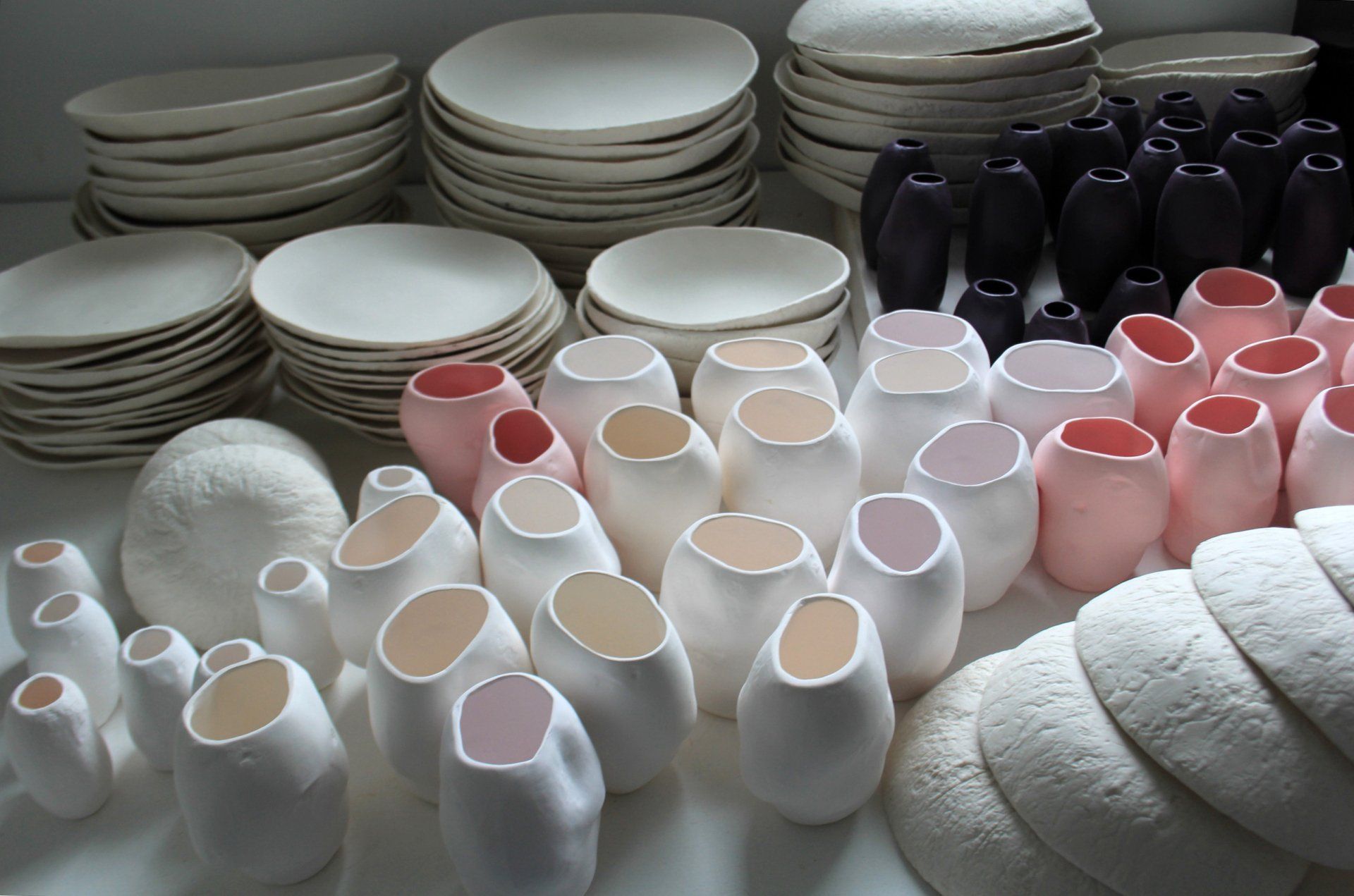
Previous works
The PLOT VISUAL Carlow and Gangwon Triennale, Korea (2021).
The PLOT is a way of looking back to a technology – the potato ridge – born out of the need for food security in Ireland’s past, and forward to future food security, biodiversity and resilience in the face of climate change. It is a collaboration between the artists and the Loy Association of Ireland, previous collaborators on A Village Plot and X-SPUD. The ridges’ design at VISUAL is based on the I Ching. Asked ‘what is the future of sustainable food production in Ireland’ the I-Ching produced a hexagram, reproduced in potato ridges with the following reading:
Modesty creates success. Balance and adjust things by cutting through pride and complication. Reduce what is overdeveloped. Don’t try to advance yourself. Beware of conceit and arrogance. Be consistent and resilient. Don’t follow policy. Do the right thing.
The Plot is mirrored by a parallel planting with buckwheat, a green manure, at the Gangwon Triennale, Korea, in October 2021. Images of the planting in Korea are exhibited on the site in Ireland and Ireland in Korea, vice versa, emphasising the need for global action on farming and climate change.
Supported by VISUAL Carlow, Arts Council Bursary (2021) and Gangwon Triennale 2021

Deirdre O’Mahony and the Loy Association of Ireland, The PLOT 1, Potato Planting, . Photograph Tom Flanagan 2021.
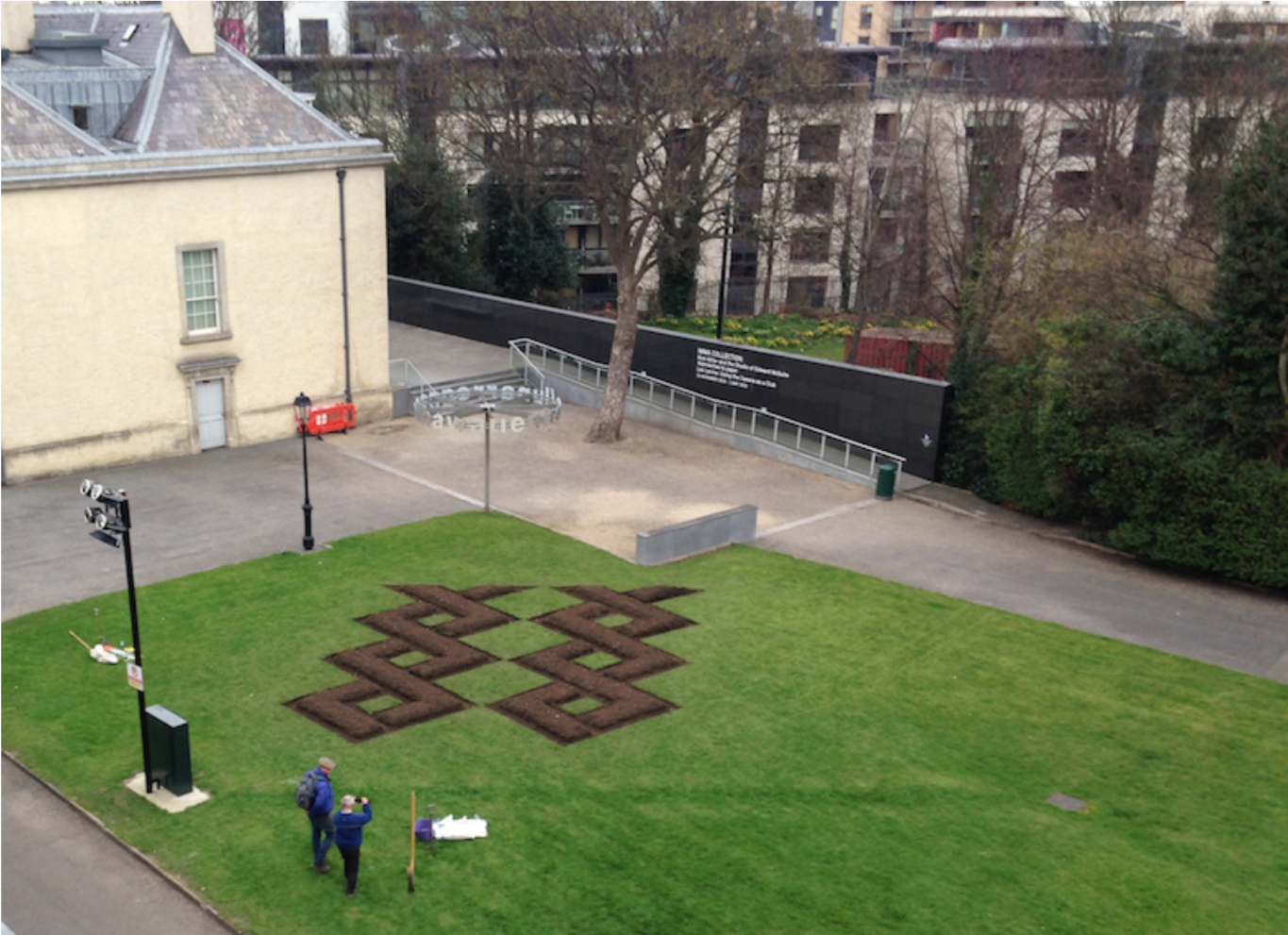
A Village Plot
and the Irish Loy Association.
Irish Museum of Modern Art (2016)
The SPUD (2009 – 2019) project was a way of publicly thinking about tacit knowledge and its use value to food security, and tool a range of approaches, from pamphlets to trial lazy-beds to container planting to land-art-as-useful-art. At IMMA the history of potato cultivation in State institutions was further developed as part of Grizedale Arts' A Fair Residency Programme. After the French revolution, the Tuileries and Luxembourg gardens were used to grow potatoes with the encouragement of Antoine Augustin Parmentier, former apothecary of Les Invalides Hospital in Paris. Parmentier changed cultural attitudes to the potato in France, an idea which became the starting point for A Village Plot. The planting took the form of a decorative flowerbed on the front lawn of IMMA, as a way of bringing agricultural knowledge and craft to fore front within cultural institutions. A Village Plot demonstrated the value of ridges or lazy-beds as a way of converting grass covered lawns into vegetable plots - potatoes are an ideal crop for urban gardens. The design was taken from Margaret Stokes' illustration for the title page of The Cromlech on Howth, is an early example of Celtic ornamentation from the Gaelic revival.
The Persistent Return VISUAL Carlow and the Museum of Natural History, Leeuwarden, Netherlands.
The Persistent Return traces the history of the potato and the role it played in consolidating and concentrating power in Europe in the 17th and 18th century. Historically the potato brought the possibility of freedom from cycles of famine but also a precarious dependency on monoculture.
The film is the culmination of 10 year’s research for O’Mahony’s SPUD project. The film’s narration of the potato’s history and diaspora is juxtaposed with imagery of Ireland’s Loy Champion Gerry Mullins making a potato ridge; silversmith Des Byrne making a replica Spanish colonial bowl; Tops Potato Centre propagation of disease- free micro potato plants; and the famine bowl at the heart of the film, capturing how optics and perception are altered through hunger, a moment of total alienation.
The chosen title was provoked by rereading Voltaire’s Candide, a novel published at the height of the Enlightenment that deeply resonates with the present moment. The resulting two-screen installation expresses the duality of knowledge that SPUD has uncovered: the scientific modernist voice of reason from the head and the voice of the traditional tacit knowledge from the hand and the heart. The stereoscopic projection facilitates an abject doubling of these voices as they create harmony and discord. The film encompassed SPUD, from famine to feasting, from technology to tradition, from where it began and where it ends: the garden.
The Persistent Return is in the collection of the Arts Council of Ireland. Commissioned by Workhouse Union with an Arts Council project award and additional production support from VISUAL, Carlow.
